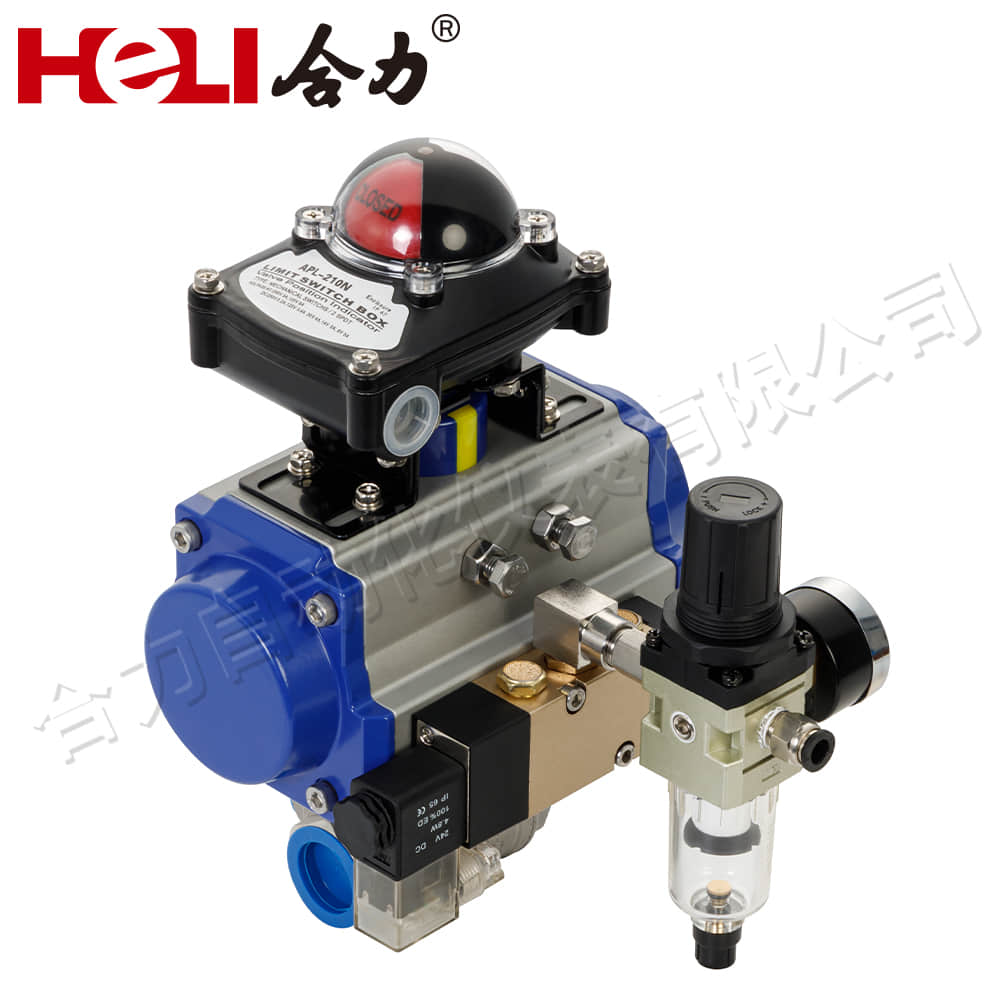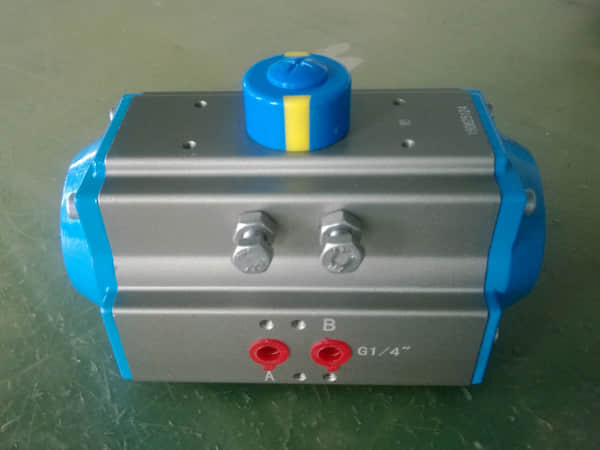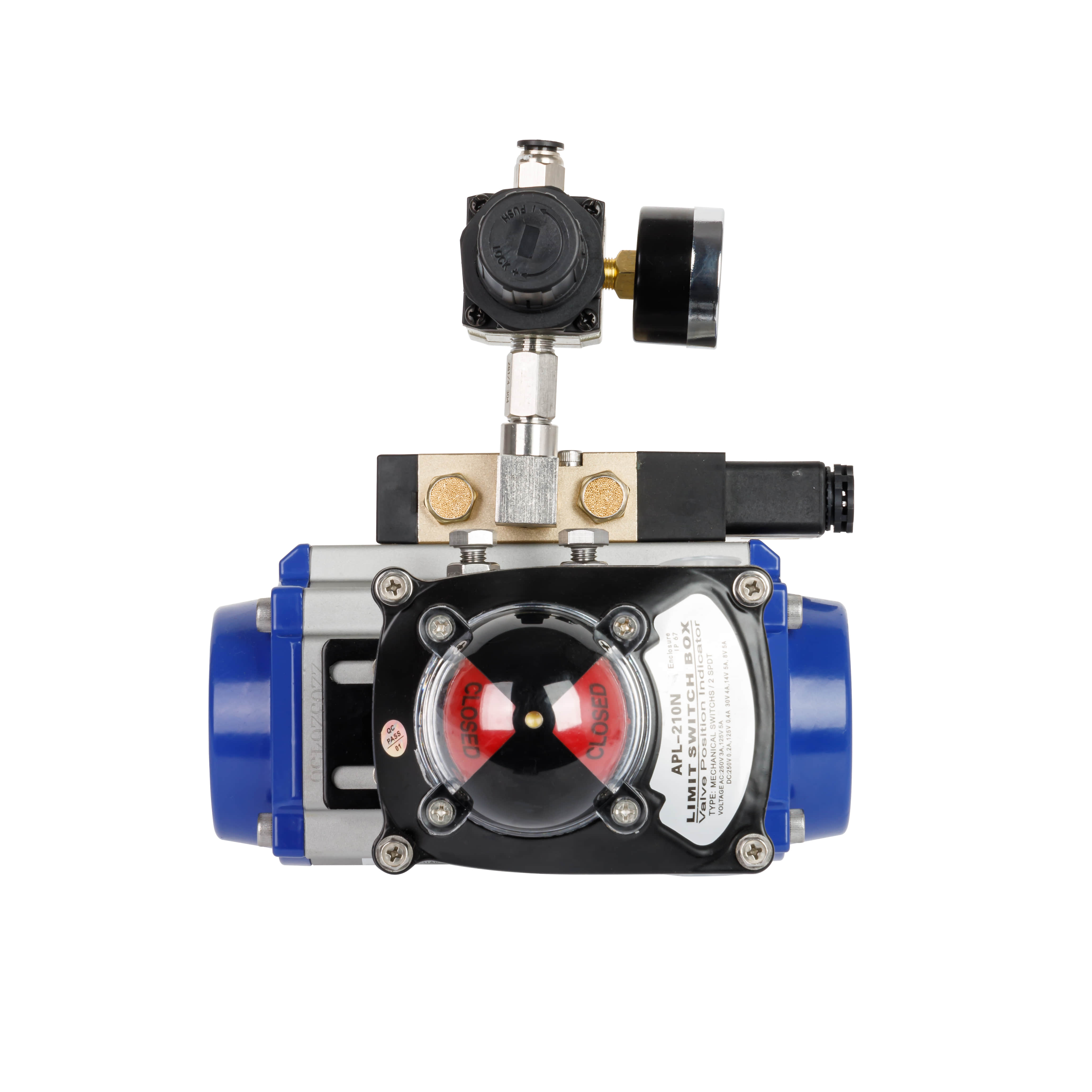understanding pneumatic actuators: principles and applications
Release time:2024-12-04 23:51:57
Pneumatic actuators are mechanical devices that convert compressed air energy into linear or rotary motion. They play a crucial role in various industrial applications, providing reliable and efficient control over machinery and processes. This article delves into the working principles, types, advantages, and applications of pneumatic actuators.

Working Principles

Pneumatic actuators operate on the principle of utilizing compressed air to create motion. The actuator consists of a cylinder, a piston, and a rod. When compressed air is introduced into the cylinder, it pushes the piston, which in turn moves the rod. This movement can be either linear (as in a cylinder) or rotary (as in a rotary actuator). The speed and force of the actuator can be controlled by adjusting the air pressure and flow rate, allowing for precise control over the motion. Types of Pneumatic Actuators
There are two primary types of pneumatic actuators: linear and rotary.




